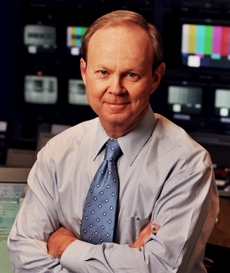
By KIM BELLARD
Everything’s about AI these days. Everything is going to be about AI for a while. Everyone’s talking about it, and most of them know more about it than I do. But there is one thing about AI that I don’t think is getting enough attention. I’m old enough that the mantra “follow the money” resonates, and, when it comes to AI, I don’t like where I think the money is ending up.
I’ll talk about this both at a macro level and also specifically for healthcare.
On the macro side, one trend that I have become increasingly radicalized about over the past few year is income/wealth inequality. I wrote a couple weeks ago about how the economy is not working for many workers: executive to worker compensation ratios have skyrocketed over the past few decades, resulting in wage stagnation for many workers; income and wealthy inequality are at levels that make the Gilded Age look positively progressive; intergenerational mobility in the United States is moribund.
That’s not the American Dream many of us grew up believing in.
We’ve got a winner-take-all economy, and it’s leaving behind more and more people. If you are a tech CEO, a hedge fund manager, or a highly skilled knowledge worker, things are looking pretty good. If you don’t have a college degree, or even if you have a college degree but with the wrong major or have the wrong skills, not so much.
All that was happening before AI, and the question for us is whether AI will exacerbate those trends, or ameliorate them. If you are in doubt about the answer to that question, follow the money. Who is funding AI research, and what might they be expecting in return?
It seems like every day I read about how AI is impacting white collar jobs. It can help traders! It can help lawyers! It can help coders! It can help doctors! For many white collar workers, AI may be a valuable tool that will enhance their productivity and make their jobs easier – in the short term. In the long term, of course, AI may simply come for their jobs, as it is starting to do for blue collar workers.
Automation has already cost more blue collar jobs than outsourcing, and that was before anything we’d now consider AI. With AI, that trend is going to happen on steroids; jobs will disappear in droves. That’s great if you are an executive looking to cut costs, but terrible if you are one of those costs.
Continue reading…










